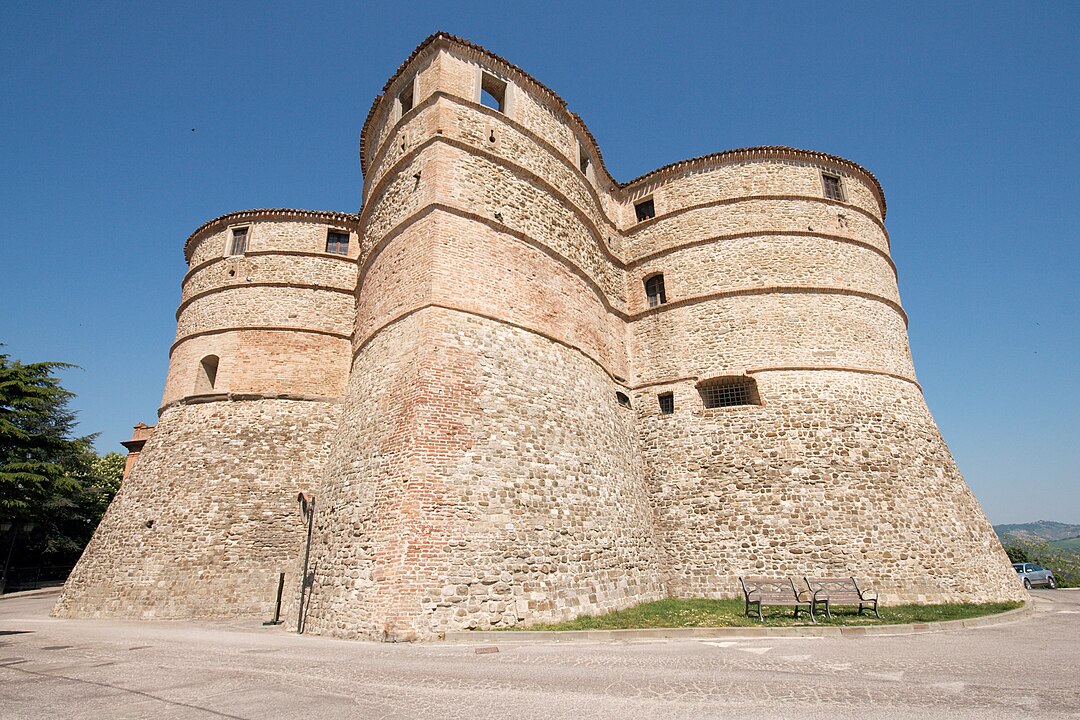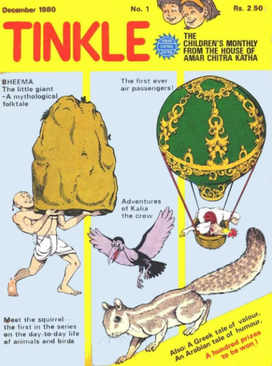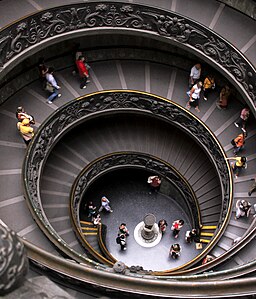Damage and Protection of Cultural Heritage in the Israel-Iran Conflict of June 2025: a Quick Review
Israel’s attack on Iranian nuclear sites, which prompted a response from Iran in June 2025, had an asymmetrical impact on the cultural heritage of the two countries.

Iran: No physical damage, but maximum alert and preventive closure
In Iran, according to the Deputy Minister of Cultural Heritage, no physical damage was recorded to museums, historical sites or collections during the 12 days of war. However, the risk was considered high and emergency measures were adopted:
- Temporary closure of all museums and historical sites nationwide, with reopenings regulated by provincial security councils.
- Transfer of artifacts and collections to safe storage, strengthening security measures and deploying protection personnel.
- Appeal to international institutions: the Minister of Cultural Heritage has formally requested UNESCO to activate all legal and diplomatic mechanisms to prevent damage to Iranian heritage.
- Concern for future risk: Iranian museum operators have denounced the constant threats and violations of international law, underlining that many museums have remained closed or are operating under the threat of bombing.
Israel: Extensive Damage to Cultural and Historic Sites
During the conflict, numerous sites of historical and cultural significance in Israel were directly hit by missile attacks and bombings. The most serious cases include:
- Weizmann House in Rehovot, the historic residence of Israel’s first president (designed by Erich Mendelsohn), damaged at its original windows and doors by a missile that also hit the nearby Minkoff Citrus Orchard Museum and other historic buildings in the area.
- HaReut Museum in the Upper Galilee, dedicated to Palmach fighters, damaged by fires caused by Hezbollah rockets that hit the surrounding area and part of the exhibits.
- Yad Mordechai Museum in the south, which was directly hit by a missile that pierced the roof above the exhibition dedicated to Jewish resistance in the Warsaw Ghetto.
- In central Tel Aviv, five historic buildings in the Bialik Square area were damaged, including the famous Bialik House, the Tel Aviv-Yafo City Museum, the Reuven Rubin Museum and the Visitor Center in the restored Sarona historic district.
- In Beersheva, a missile hit the historic campus of the Soroka Medical Center, destroying several buildings designed by Israel Prize-winning architects.
Authorities and preservation organizations, such as the Society for the Preservation of Israel Heritage Sites (SPIHS), have begun surveys and safety and restoration work, emphasizing that the loss is not only material, but affects the collective memory and identity of the communities involved.
Operational Considerations
The comparison between the two contexts highlights how prevention, emergency planning and international cooperation are crucial for the protection of cultural heritage in conflict zones. In Israel, physical destruction has required immediate restoration and safety interventions; in Iran, the timeliness of preventive measures has so far avoided direct damage, but the threat remains real and requires constant vigilance.
The 2025 case represents a lesson on the need to integrate rapid response strategies, digitalization of inventories, staff training and international advocacy, in order to safeguard cultural memory and identity even in the most critical moments.




